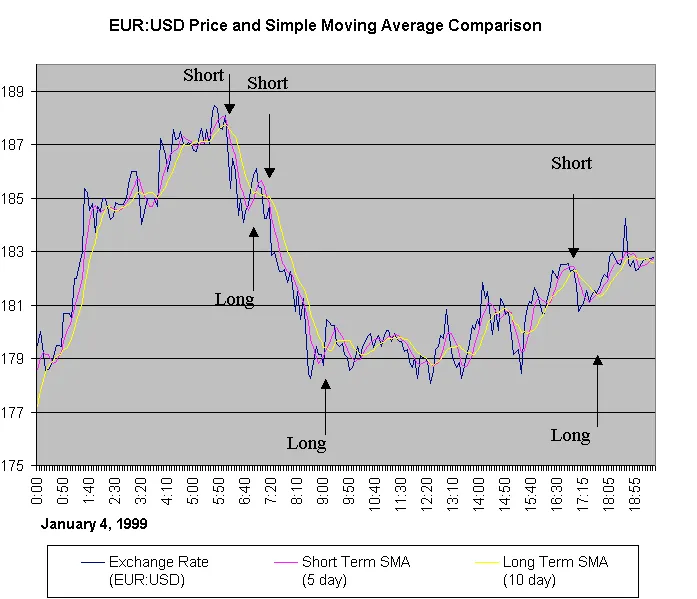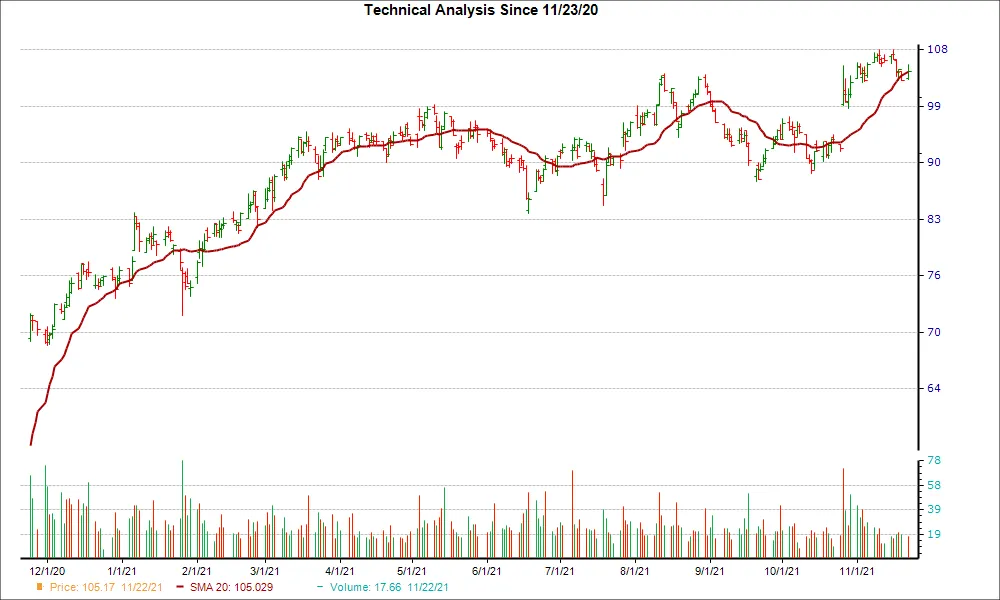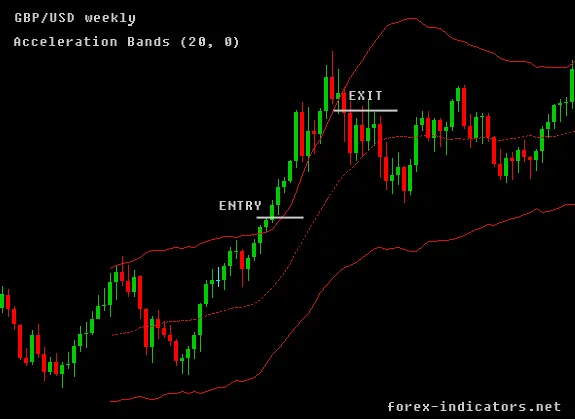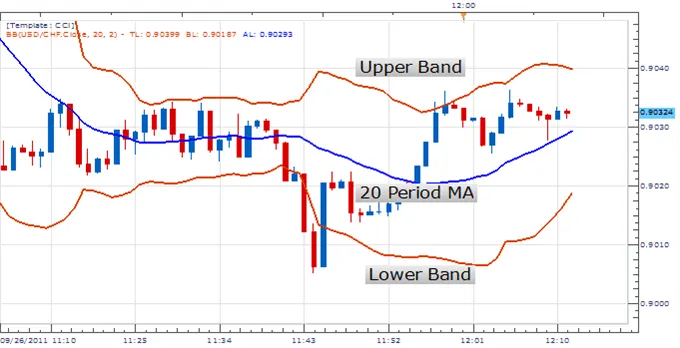IFT Stochastic Oscillator Strategy
By Samantha Baltodano
TL;DR:
The IFT Stochastic Oscillator strategy is a tool used in trading to identify buying and selling opportunities in the market, which combines the Inverse Fisher Transform and Stochastic approaches to generate signals that help traders identify trends and reversals.
By using this strategy, traders can reduce whipsaws and false signals and make more informed decisions on when to buy or sell.
The strategy generates Long Entry and Short Entry signals and exits Long and Short trades based on the IFT Stochastic Oscillator crossing over or under certain levels.
You can access this indicator here.
What Is The IFT Stochastic Oscillator Strategy?
The IFT Stochastic Oscillator strategy is a tool used in trading to identify buying and selling opportunities in the market.
It combines the Inverse Fisher Transform and Stochastic approaches to generate signals that help traders identify trends and reversals in a security’s price.
By using this strategy, traders can reduce whipsaws (a market condition where a price trend changes direction quickly, causing losses for traders who recently entered a position) and false signals and make more informed decisions on when to buy or sell.
The Formula Behind the IFT Stochastic Oscillator Strategy
The IFT Stochastic Oscillator strategy uses two main plots: the Stochastic plot and the IFT plot.
The Stochastic plot is calculated by applying the basic Stochastic formula to the rainbow-averaged price data, which is a weighted average of 10 WMAs of Close price.
The formula for the Stochastic oscillator is:
- %K = (Current Close – Lowest Low)/(Highest High – Lowest Low) * 100
where:
- %K is the main line,
The main idea of rainbow averaging is to reduce whipsaws and improve the accuracy of the oscillator.
The IFT plot represents values derived after applying the Inverse Fisher Transform to values of the Stochastic plot. Inverse Fisher Transform is calculated using a specific formula that includes coefficients 50 and 1 so that the range is converted from [-1; 1] to [0; 100].
The formula for Inverse Fisher Transform is:
- IFT = 0.5 * ln((1 + X)/(1 – X))
where X is:
- X = (Value – Center)/(Center – Extreme)
Where:
- Center = 0, and
- Extreme = 1.
The IFT Stochastic Oscillator strategy can be easily added to most charting platforms, and the signals generated can be used to make informed trading decisions.
Trade Signals
The IFT Stochastic Oscillator strategy gives you signals to buy or sell.
- If the IFT Stochastic Oscillator goes above 30, you get a signal to buy (called a Long Entry signal).
- If it goes below 60 while the price is lower than its 165-day average, you get a signal to sell (called a Short Entry signal).
- To exit a buy trade, you look for the IFT Stochastic Oscillator to go below 60 (called a Long Exit signal).
- To exit a sell trade, you look for the IFT Stochastic Oscillator to go above 30 (called a Short Exit signal).
Moving Averages and The IFT Stochastic
%D is a separate line that is commonly used with the Stochastic oscillator to provide a signal line.
The %D line is a moving average of the %K line, which is the main line in the Stochastic oscillator formula. The most common period for the %D line is 3, which means it is a 3-period moving average of the %K line.
The %D line can be used to generate trading signals when it crosses over or under the %K line.
For example, when the %K line crosses above the %D line, it can be interpreted as a bullish signal, while a cross below the %D line can be interpreted as a bearish signal.
It's important to note that the IFT Stochastic Oscillator strategy does not use the %D line, as it only utilizes the IFT and Stochastic approaches to generate signals. However, traders who use the traditional Stochastic oscillator may find the %D line useful as a signal line to confirm trading signals.
Test The IFT Stochastic Oscillator Strategy
Great news!
You can back test this exact strategy on historical data for any of your favorite symbols using TradingView.
This strategy has already been built and all you have to do is log in and take it for a spin. You can access this indicator here.
If you’re new to back testing and to TradingView, don’t worry. I created a step-by-step guide you can follow to begin testing the IFT Stochastic Oscillator Strategy.
Summary
- The IFT Stochastic Oscillator strategy helps traders identify buying and selling opportunities in the market by combining the Inverse Fisher Transform and Stochastic approaches.
- It reduces whipsaws and false signals, allowing traders to make more informed decisions on when to buy or sell.
- The strategy uses two main plots: the Stochastic plot and the IFT plot, which are calculated using specific formulas.
- The IFT Stochastic Oscillator strategy generates signals to buy or sell when the IFT Stochastic Oscillator goes above 30 or below 60 while the price is lower than its 165-day average.
- Moving averages, such as the %D line, can be used with the Stochastic oscillator to provide a signal line.
- The IFT Stochastic Oscillator strategy does not use the %D line, but traders who use the traditional Stochastic oscillator may find it useful as a signal line to confirm trading signals.
IFT Stochastic Oscillator is just one of many strategies that Archaide automates. For a full list of strategies and studies available click here.
Like what you read? Check out the rest of our content!




